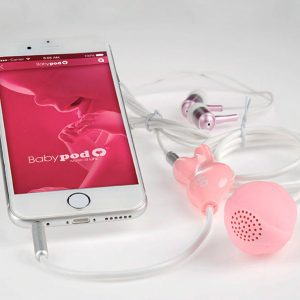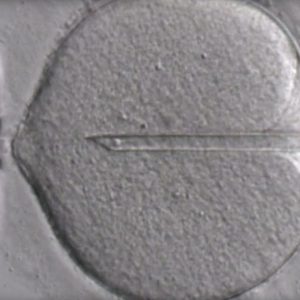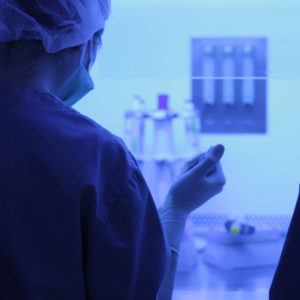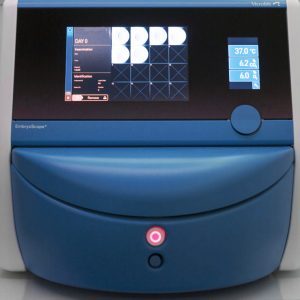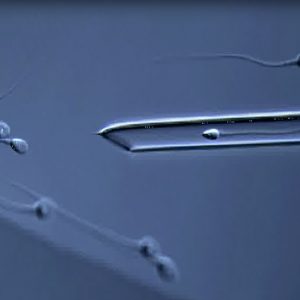Artificial Insemination (IUI) is a technique widely used in assisted reproduction, as it is one of the fertility treatments with which pregnancy can be achieved.
In this article we will explain what artificial insemination is, how it is performed, what care the patient should take, what the advantages and disadvantages are, and finally, how much this treatment costs in Spain.
What does Artificial Insemination consist of?
Artificial Insemination is also known as Intrauterine Insemination, and consists of depositing a semen sample, previously capacitated in the laboratory, in the uterus of the patient, when she is ovulating.
The sperm can be from the partner or from a donor. If the sperm comes from the partner, it is called Artificial Insemination with Partner’s Sperm (IUI). If, on the other hand, donor sperm is required, we speak of Artificial Insemination with Donor’s sperm (ADI).
Artificial Inseminations with Donor Sperm require that the fertility centre has access to or has an own sperm bank to select the donor and prepare the sample to be used for the insemination. Having your own sperm bank facilitates and speeds up the entire insemination process for the patient. For the same reason, we recommend that when you are considering different medical centres, you should check whether they have this service in-house or whether they outsource it.
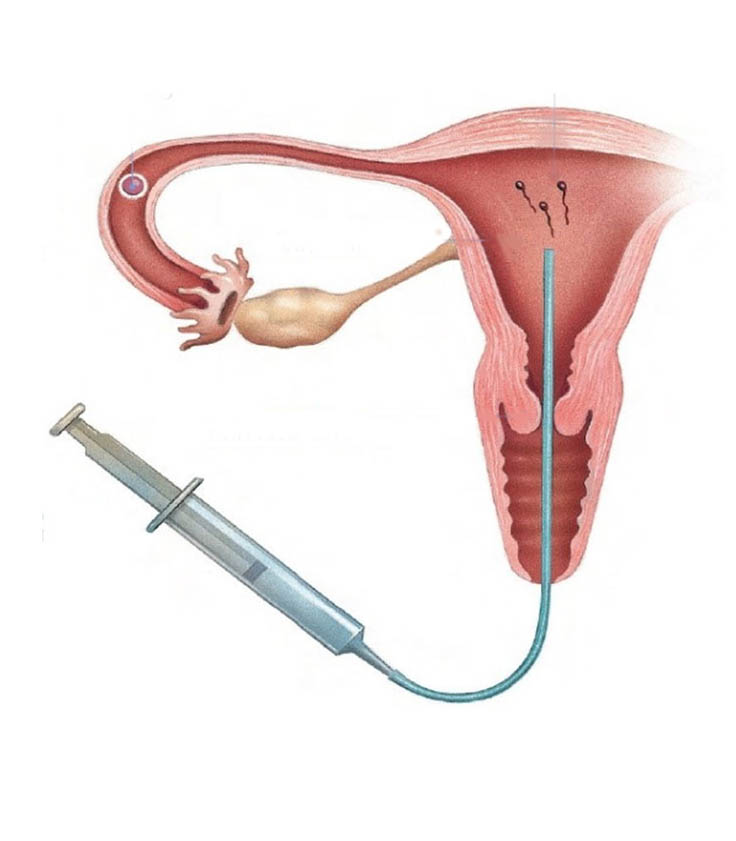
How is Artificial Insemination performed?
An Artificial Insemination is composed of different phases, each of them being essential to increase the chances of pregnancy.
Although each Assisted Reproduction centre can offer you different types of follow-up in the IUI process, here we explain what the complete follow-up would be at IVFforYOU.
Phases of an Artificial Insemination
1- Diagnostic tests
Each patient is different. Therefore, it is essential that before starting any treatment you undergo some tests to find out your reproductive status.
In this first stage, the experts will evaluate your medical history. And, if you want to undergo Artificial Insemination with Partner’s Sperm, they will also evaluate your partner’s history.
Here it will be determined whether a particular treatment is necessary, or if you can continue with the process and start with the ovarian stimulation.
2- Ovarian stimulation
The ovarian stimulation phase will be decisive for the success of the insemination.
To stimulate the follicular development, the procedure is based on the injection of hormones that increase the maturation of ovarian follicles and help to obtain the highest possible number of oocytes. The hormones for ovarian stimulation are administered in low doses to avoid possible multiple pregnancies.
The treatment aims to develop 1 to 4 follicles to full maturity, depending on the patient’s age and the cycle number she’s in.
Throughout this process – which lasts between 10 to 12 days – your progress against the stimulation is fully monitored.
3- Selection and preparation of the semen sample
Once the ovarian stimulation has been completed and the day of the Artificial Insemination has arrived, the sperm sample will be prepared in the laboratory.
At this point, the donor’s or your partner’s sample will be analysed, and those spermatozoa with the best quality and mobility will be selected, as they are the most likely to fertilise the egg.
If the sample is from your partner and the best sperm are already selected, they will be cultured in a special cannula to eliminate those of lesser quality, or discard those that are ultimately useless.
If the sample is from a donor, the process is simpler, as the sample must be thawed, processed and prepared for the insemination.
4- Artificial insemination
Finally, when the semen sample is ready, it is introduced into the uterus.
This process does not require any sedation or surgery, as it lasts approximately 15 minutes and is completely painless.
Your first Assisted Reproduction visit free of charge
Care after Artificial Insemination
After the Artificial Insemination, you do not need to take any particular care and you can continue with your daily routine.
Depending on each case, experts may recommend the intake of a specific type of medication. This will always be communicated in advance by the medical team that carried out the insemination.
Approximately 15 days after the insemination, you will be able to take a pregnancy test.
Advantages and disadvantages of Artificial Insemination
Advantages of the Artificial Insemination
– A minimally invasive technique that is easy to perform
– Painless process for the patient
– Low-cost Assisted Reproduction technique
– Mild ovarian stimulation vs. other treatments
– Pregnancy possible without the need for a male partner
Disadvantages of Artificial Insemination
– Risks of multiple pregnancy
– Risks of ectopic pregnancy
– Possible ovarian hyperstimulation (very unlikely, less than 0.1%).
– The patient must meet certain requirements (age, tubal functionality, among others).
How much does Artificial Insemination cost?
The prices of IUI can vary from one Assisted Reproduction centre to another. As a reference, prices in Spain range from €900 to €1,500.
The price will vary depending on whether you carry out an insemination with donor sperm or with your partner’s sperm, as well as the drugs and tests that are recommended.
At IVFforYOU, Artificial Insemination costs 950€ and you have the possibility of financing your treatment interest-free. You can choose the instalments and be clear about the cost of each monthly payment.
If you are looking for a fertility centre to carry out your Artificial Insemination, we invite you to contact us, the first visit with our experts is free of charge!

